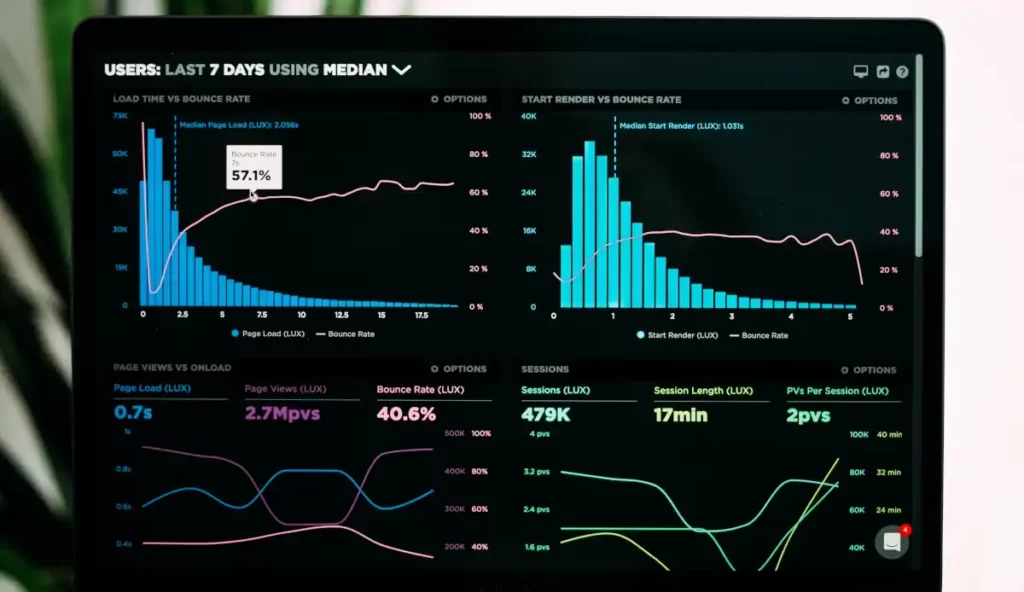Today’s businesses are able to navigate the market and edge the competition with more confidence by making data-driven decisions. The more data you have, the more fuel you have for decision-making. However, processing massive volumes of data is not easy. Enter data stacks. A data stack is a set of tools used for data integration. They make storing, managing, and accessing data simpler, easier, and more efficient.

Data stacks aren’t new, and organizations have been using legacy data stacks for a long time. However, the evolution of data has given rise to problems that only modern data stacks (MDS) can solve. If your business is up for modernization in handling data, it can benefit a lot from using a modern data stack.
Data stacks: modern vs. legacy
The primary difference between modern and legacy data stacks is where the data stack is hosted. Unlike legacy, modern data stacks are hosted in the cloud and thus require less technical knowledge in their operation. Modern data stacks almost guarantee end-user accessibility and provide companies with fast-growing scalability by significantly cutting the expenses associated with the downtime from legacy data stacks.
Components of modern data stack
You can better understand modern data stacks by looking into their components. Just like what its name suggests, a modern data stack is often arranged in layers stacked on top of each other. Not all layers are necessary, as smaller organizations may only need a few of them, but each layer has a unique role.
Data source
The data source can be your production database, web server logs, or third-party apps, or any other programs that you use. Having multiple data sources that combine into a centralized data storage solution is common.
Data storage
This is where you store your data. It can be a data warehouse or a data lake that acts as the primary gathering point for all your organization’s collected data. All the data from your data source or sources flow into this centralized storage. Data storage can be cloud-based or on-site.
Data ingestion
This component moves your data from the source to your data storage. Data ingestion occurs in data pipelines that ensure data reaches the storage smoothly and efficiently.
Data transformation
This is the process of turning raw data into a user-friendly format. Once raw data reaches data storage, it is ready to be transformed. During transformation, data usually undergoes filtering, splitting, merging, enriching, and deleting duplicates to prepare them for subsequent analysis.
Data analytics
Sometimes called “data visualization” or “business intelligence,” data analytics is done by a data science platform that also helps end-users explore and discover insights in their data. This is done by generating visualization and creating interactive dashboards.
Benefits of modern data stack
Making the jump to a modern data stack might seem like a no-brainer once you understand how much of an asset it can be, but it’s important to understand the benefits you can expect from it. This understanding will help you make the transition successful.
Modularity
Since modern data stack is comprised of tech that generally has standard connection points, teams can switch parts of the stack according to what’s currently ended. This freedom to swap parts helps prevent vendor lock-in and lets them expand the data stack as the needs evolve.
Reduced costs
By eliminating the need to build data pipelines and maintain them, a modern data stack can cut data engineering overhead by a whopping 90% or more. A modern data stack also saves a lot of time and money as it offers fully managed data connectors that can be launched within minutes and automatically integrate with your organization’s data storage.
Accessibility
Business teams shouldn’t need the help of an analyst to make use of company data, and a modern data stack fixes that. With a modern data stack, even employees who have no experience regarding basic programming language and other non-technical personnel can access and implement data into their work by themselves. This improved accessibility means employees can make more use of their data.
Quick execution
The modularity and accessibility offered by a modern data stack mean your company has more time and data on hand. Instead of spending time in data engineering and infrastructure management, teams can focus their efforts on future analytics projects, resulting in faster execution.
Performance metrics
A modern data stack also provides a simple business intelligence tool that uncovers a suite of metrics your company has yet to make use of. These new metrics will enrich your data and give way for more cross-analysis. Furthermore, since a modern data stack improves accessibility, employees are more likely to discover and propose metrics unique to their skills.
Conclusion
Now that you understand how your company can benefit from a modern data stack, you can now discuss it with stakeholders and hopefully start implementing it soon. Assuming that the transition goes smoothly, you will now have more time and money for other projects, such as improving cybersecurity to protect your company’s valuable data better or using a data transformation tool to make processing data even more efficient.
